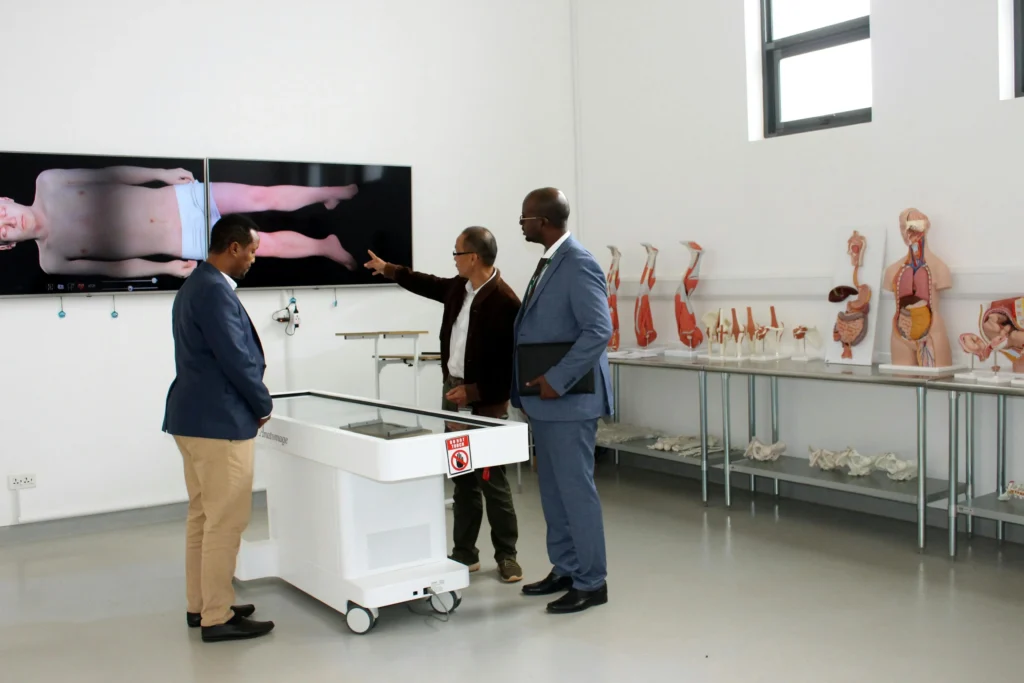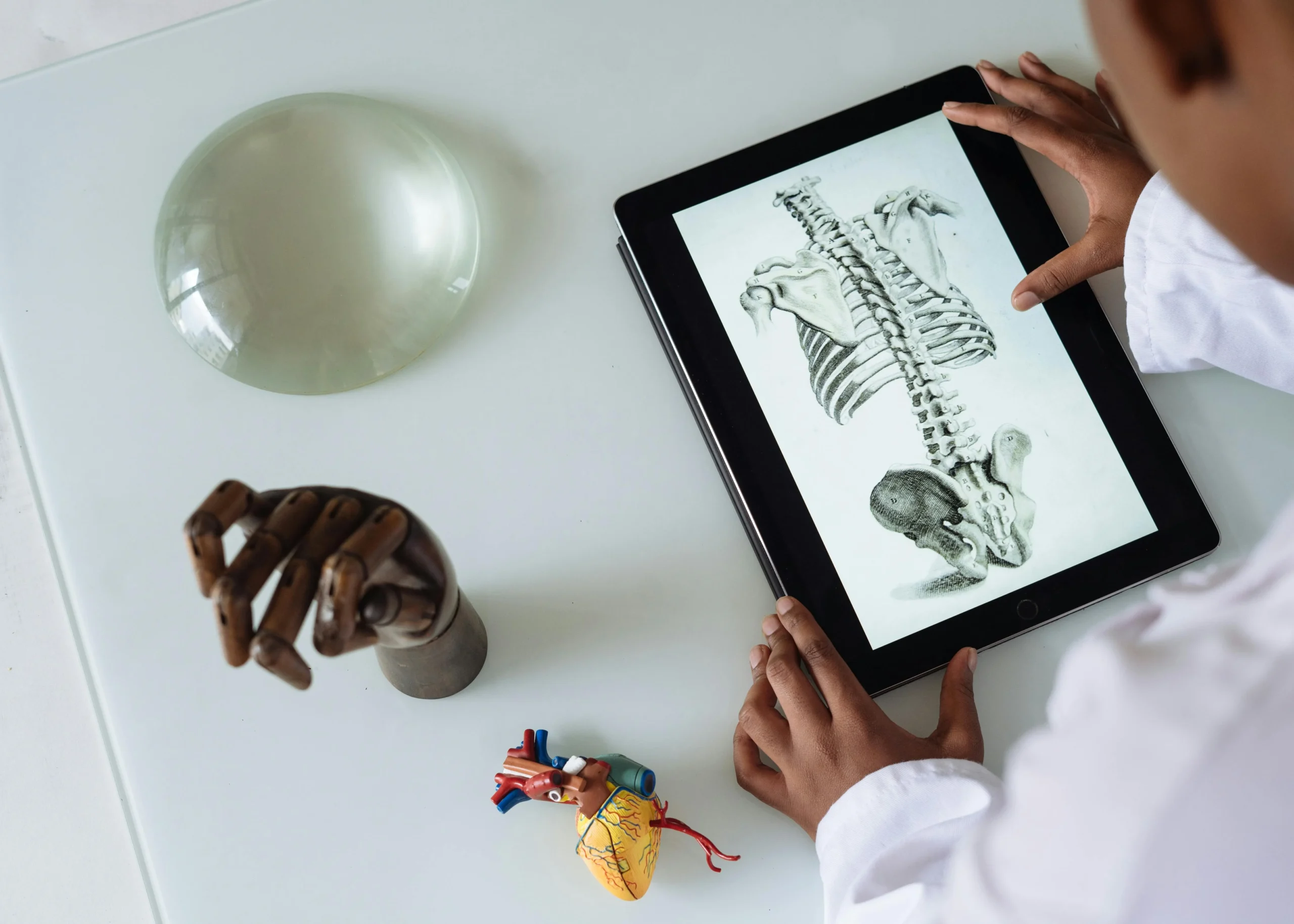In the fast-paced world of medical innovation, device technologies have become crucial to improving healthcare systems, patient outcomes, and clinical practices across Australia. These technologies include a wide range of medical devices, surgical equipment, diagnostic tools, monitoring systems, and healthcare IT solutions. As Australia focuses on digital health transformation and enhancing public well-being, device technologies are playing an essential role in reshaping healthcare and other industries.
This article explores the significance, advancements, regulatory frameworks, and future prospects of device technologies in Australia, providing a comprehensive guide for businesses, professionals, and consumers interested in innovation-driven healthcare.
-
What Are Device Technologies?
Device technologies refer to tools, machines, and software designed to diagnose, monitor, or treat medical conditions. They include:
- Surgical and diagnostic instruments
- Wearable health monitoring devices
- Imaging and radiology systems
- Implantable devices (like pacemakers and prosthetics)
- Robotic surgical systems
- Health IT platforms and mobile health apps
The term also extends to assistive devices that improve quality of life for people with disabilities, chronic illnesses, or age-related conditions.

-
The Role of Device Technologies in Australia’s Healthcare System
Australia’s healthcare sector is globally recognized for its high standards, and technology has played a major role in achieving this reputation. Device technologies are enhancing efficiency, enabling early diagnosis, improving patient outcomes, and reducing the burden on hospitals.
From large public hospitals in Sydney and Melbourne to remote clinics in the Northern Territory, medical devices help bridge gaps in accessibility and care.
Key applications include:
- Remote patient monitoring in rural areas
- AI-driven diagnostic imaging
- Minimally invasive surgical tools
- Digital health records integration
-
Leading Companies and Innovations in Device Technologies
Several global and local companies are investing in Australia’s device technology landscape:
-
Device Technologies Australia Pty Ltd
A leading distributor of surgical and medical products, this company supplies cutting-edge devices to hospitals and clinics nationwide. Their solutions span orthopaedics, neurology, and general surgery.
-
ResMed
Headquartered in Sydney, ResMed is a world leader in cloud-connected medical devices for respiratory care and sleep disorders.
-
Cochlear Limited
Famous for its hearing implants, Cochlear is a pioneer in auditory device technologies and continues to innovate with AI and app integration.
These companies are supported by Australia’s innovation-friendly ecosystem, which includes academic research hubs and government funding programs.
-
Regulatory Environment: Ensuring Safety and Quality
In Australia, all medical device technologies are regulated by the Therapeutic Goods Administration (TGA) under the Department of Health.
The TGA classifies devices into risk categories (Class I to Class III) and ensures they meet safety, performance, and clinical standards.
Key regulations include:
- Medical Devices Regulations 2002
- Australian Regulatory Guidelines for Medical Devices (ARGMD)
- Essential Principles for Safety and Performance
Manufacturers and importers must ensure compliance before marketing devices, which protects public health and builds trust.
-
How Device Technologies Support Telehealth and Remote Care
Telehealth services have grown rapidly in Australia, especially after the COVID-19 pandemic. Device technologies like remote ECG monitors, digital stethoscopes, and mobile health apps enable physicians to monitor patients in real time without requiring in-person visits.
Benefits:
- Reduces travel for rural patients
- Allows early intervention through continuous monitoring
- Enhances access for patients with mobility challenges
Smartphones and wearable devices have made it easier for Australians to track their health and communicate with healthcare providers.
-
Device Technologies in Aged Care and Disability Services
Australia has an ageing population, and aged care facilities are increasingly turning to technology for support. Smart beds, fall detectors, and medication reminders help carers provide better service while ensuring resident safety.
The National Disability Insurance Scheme (NDIS) also funds assistive technology solutions for people with disabilities. These may include:
- Communication devices
- Mobility aids
- Cognitive support apps
Device technologies empower individuals to lead more independent and dignified lives.
-
Integration with Digital Health Ecosystem
Australia’s healthcare system is moving towards integrated digital care, and device technologies are central to this transition. Devices now work with:
- My Health Record: A national digital health platform for sharing medical records
- Electronic prescriptions
- Real-time data sharing between providers
With support from the Australian Digital Health Agency, initiatives are underway to ensure devices and platforms are interoperable, secure, and patient-friendly.
-
Challenges in Device Technologies Adoption
While promising, several challenges impact the full-scale adoption of device technologies:
- High Costs: Advanced devices may be expensive, limiting access for smaller hospitals or lower-income groups
- Privacy Concerns: Data collected by devices must be protected under the Privacy Act 1988
- Technical Complexity: Training is needed to operate sophisticated equipment
- Regulatory Delays: Approval processes can be lengthy and resource-intensive
Addressing these challenges requires collaboration between technology developers, healthcare providers, and policymakers.
-
Government Support and Investment in Medical Technologies
The Australian government actively supports innovation in health tech through funding and policy:
- Medical Research Future Fund (MRFF): Invests in health innovation projects
- Biomedical Translation Fund: Bridges the gap between research and commercialization
- Austrade: Promotes international trade of Australian health innovations
Through these initiatives, device technologies developed locally can compete in global markets and bring economic growth.
-
Future Trends in Device Technologies in Australia
The future of device technologies in Australia looks promising, driven by AI, IoT, and robotics. Key trends include:
- Artificial Intelligence Integration: AI-enabled imaging, diagnostics, and decision-making tools
- Smart Wearables: Devices with biosensors for real-time health tracking
- 3D Printing: Custom-made implants and prosthetics
- Robotic Surgery: Precision procedures with reduced recovery times
- Sustainable Technologies: Eco-friendly materials and energy-efficient systems
These trends will shape the future of personalized medicine and healthcare delivery.
-
Device Technologies Beyond Healthcare
While most commonly associated with medicine, device technologies are also impacting
- Education: Interactive tools for students with special needs
- Workplace Safety: Wearables that monitor fatigue and environmental hazards
- Smart Homes: Voice-controlled devices for accessibility and convenience
The broader application of these technologies improves quality of life and promotes inclusivity.
-
Conclusion: Embracing the Future of Device Technologies
Device technologies are a cornerstone of innovation in Australia’s health and technology sectors. As demand for quality care, remote access, and patient empowerment grows, these tools will become increasingly essential.
With strong government backing, a robust regulatory environment, and a growing focus on digital health, Australia is well-positioned to lead in this space. For healthcare providers, investors, and individuals alike, staying informed and engaged with the latest in device technologies will ensure long-term benefits and opportunities.
Whether through AI-powered diagnostics, wearable sensors, or assistive gadgets, these innovations are shaping a healthier, more connected future for all Australians.






